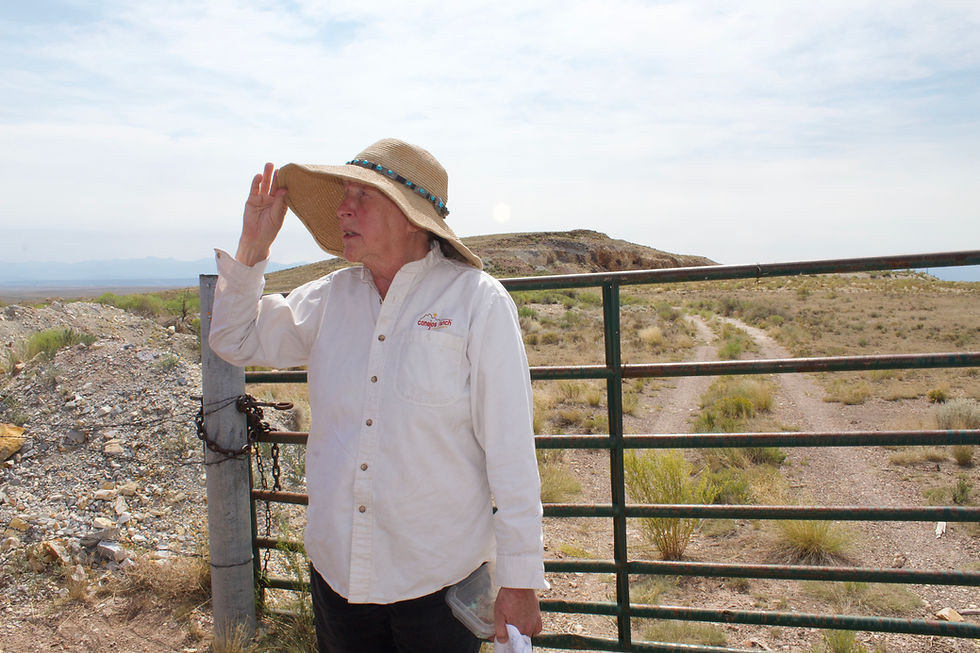SLVEC cohosts ‘A History of Southern Colorado’ at the Fort Garland Museum
- Kaitlyn Fletcher
- Oct 16
- 2 min read
PRESS RELEASE
The San Luis Valley Ecosystem Council aims to honor the heritage of the landscapes we advocate for conservation.
On Saturday, October 4th, the Fort Garland Museum and Cultural Center, in partnership with the San Luis Valley Ecosystem Council (SLVEC), hosted a panel discussion that focused on the rich heritage of Southern Colorado. Guided by local experts, the community learned about the region's history, which shaped the unique culture of the San Luis Valley.
“Learning our history isn’t just about remembering…” said Eric Carpio, the Chief Community Museum Officer and Director of Fort Garland Museum and Cultural Center. “It's about understanding where we come from so we can build a stronger and more vibrant southern Colorado.”

Charles "Nick" Saenz, the Assistant Vice President of Academic Affairs at Adams State University, shared the changing human occupation of the landscape, from its native roots through the Spanish expeditions into the Mexican period. He explained how a handful of southern towns, like San Luis, were established and incorporated through Mexican land grants. Colorado became the Centennial State on August 1, 1876.
“Folks are always interested to learn that the San Luis Valley doesn't just feel culturally tied to New Mexico, but in fact was actually part of the Territory of New Mexico between 1848 and 1861,” Saenz said. “For a time, residents of Southern Colorado even petitioned to return to New Mexico.”
Carpio built on Saenz’s historical accounts, starting at the Treaty of Guadalupe Hidalgo in 1848. This made the San Luis Valley part of the United States after the American-Mexican War. He continued to explain the treatment of the Utes from the region, herding them into reservations and enslavement.
“In 2026, Colorado will celebrate the 150th anniversary of Colorado statehood and the 250th anniversary of the signing of the Declaration of Independence,” Carpio said. “While these milestones are worthy of acknowledging, it's also a time to remember that life in the valley didn't begin at these dates. The valley is at the intersection of homelands and sacred spaces for several Indigenous communities since time immemorial, as well as Hispano settlers who've been in the region for generations.”
Ruth Horn, the Executive Director of SLV AHEC/SLV American Indian Center, aimed to clarify the context of intergenerational trauma for Indigenous peoples in the Valley and beyond.
SLVEC’s Project Manager, Anna Vargas, led the conversation through intentional questions around the importance and implications of the Valley’s complicated past.
“The community responded with curiosity and enthusiasm to the informative presentations,” Vargas said. “I've received nothing but positive feedback from attendees.”
“There was great involvement during the Q&A portion,” Saenz said. “It was great to see folks engage in the way that appealed to them.”
Watch a snippet of the discussion below:
—
Contact Kaitlyn Fletcher at communications@slvec.org or Anna Vargas at projects@slvec.org for more information about this event.





Comments